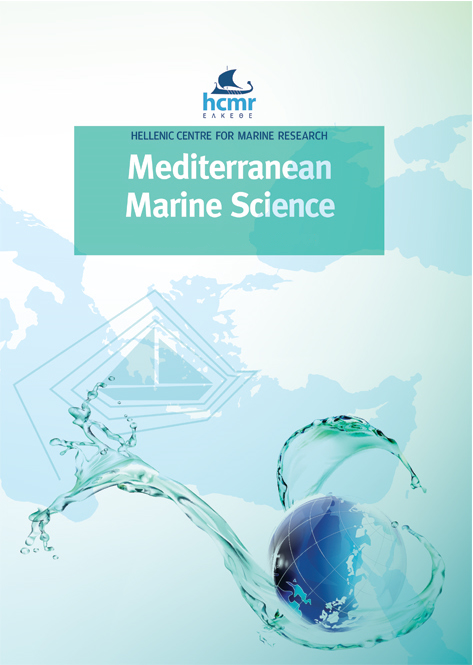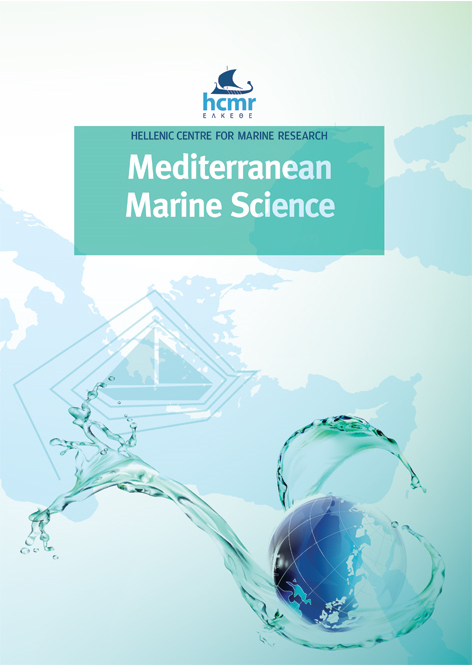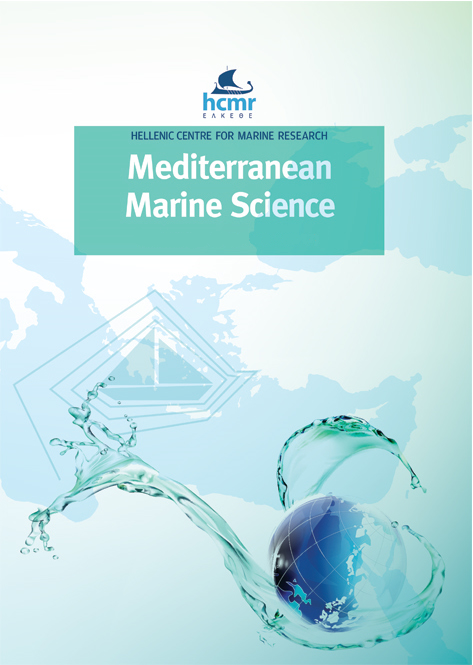Acoustic deterrent devices as mitigation tool to prevent dolphin-fishery interactions in the Aeolian Archipelago (Southern Tyrrhenian Sea, Italy)

Abstract
In this study, acoustic deterrent devices (Pingers) have been tested to reduce dolphin-fishery interaction in the Aeolian Archipelago (Southern Italy), where ecosystem degradation and overfishing have increasingly brought bottlenose dolphin (Tursiops truncatus) and striped dolphin (Stenella coeruleoalba) into conflict with local artisanal fishery. Thirty-six trials with FishTek banana Pingers have been performed between April and September 2017 on Spicara maena gillnet, trammel net, “Lampara” net, and hand-operated squid jig line (“Totanara”). A conspicuous decrease in depredation-related damages was recorded on S. maena gillnet (100 %) and Lampara net (86 %) tests, corresponding to a great increase in catch weight (Kg) and profit (€). On the contrary, in squid hand-jig lines, the depredation events were high (60 %) and a dramatic decrease of catch and profit was recorded. No significative differences in weight and profit and any dolphin-related damages have been observed between test and control trammel nets, but fish species included in dolphin diet were more abundant in test than in control nets. Our results suggested that different factors, such as dolphin species, season, habitat and fish species distribution, may affect the efficacy of Pingers. Furthermore, discard represent about 49 % of total catch and include potentially valuable bycaught (namely non-target) fish species, such as Sparisoma cretense, highly abundant in the area but poorly evaluated on the local market. Pingers and inclusion of non-target species in the local market represent potential mitigation tools to reduce the conflict, but they need adequate planning.
Article Details
- How to Cite
-
BRUNO, C. A., CASERTA, V., SALZERI, P., BONANNO FERRARO, G., PECORARO, F., LUCCHETTI, A., BOITANI, L., & BLASI, M. F. (2021). Acoustic deterrent devices as mitigation tool to prevent dolphin-fishery interactions in the Aeolian Archipelago (Southern Tyrrhenian Sea, Italy). Mediterranean Marine Science, 22(2), 408–421. https://doi.org/10.12681/mms.23129
- Issue
- Vol. 22 No. 2 (2021)
- Section
- Research Article
Authors who publish with this journal agree to the following terms:
- Authors retain copyright and grant the journal right of first publication with the work simultaneously licensed under a Creative Commons Attribution Non-Commercial License that allows others to share the work with an acknowledgement of the work's authorship and initial publication in this journal.
- Authors are able to enter into separate, additional contractual arrangements for the non-exclusive distribution of the journal's published version of the work (e.g. post it to an institutional repository or publish it in a book), with an acknowledgement of its initial publication in this journal.
- Authors are permitted and encouraged to post their work online (preferably in institutional repositories or on their website) prior to and during the submission process, as it can lead to productive exchanges, as well as earlier and greater citation of published work (See The Effect of Open Access).







